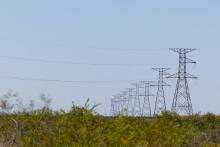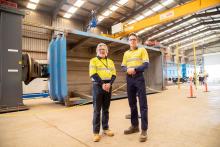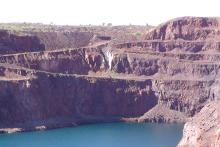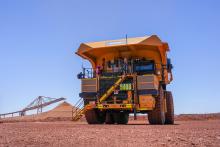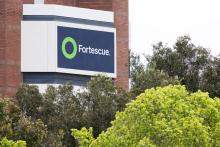Business News has updated its listing of WA’s biggest mining projects to reflect the downturn in lithium, the dearth of new gold mines and the increasing dominance of iron ore.

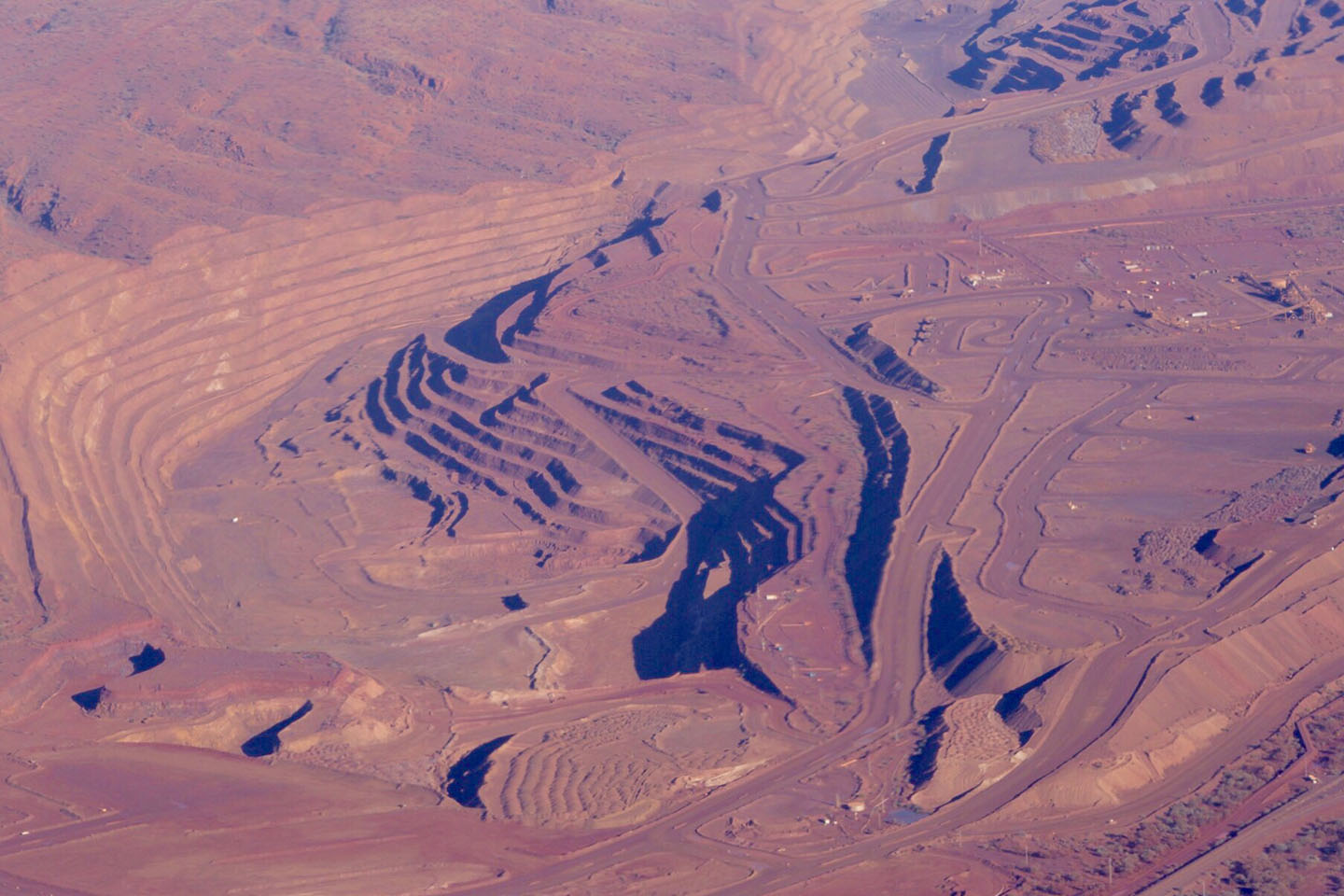
Business News has updated its listing of WA’s biggest mining projects to reflect the downturn in lithium, the dearth of new gold mines and the increasing dominance of iron ore.
The significance of iron ore in Western Australia’s mining sector is highlighted by a few key statistics.
Of the 12 biggest mining projects under way or likely to proceed this year, seven are in the iron ore sector.
The expected investment in the iron ore projects is $17 billion, out of a total investment of $20 billion across the top 12 projects.

In a similar vein, the big iron ore developments will generate about 11,000 construction jobs, dwarfing the number created in other commodities.
Three iron ore projects are currently in the midst of construction – BHP’s giant South Flank development, Rio Tinto’s Koodaideri mine, and Fortescue Metals Group’s Eilwana mine.

Together they have heated up the demand for experienced project engineers and construction workers, and they are about to be joined by more projects.
Fortescue has contained its spending at the $3.8 billion Iron Bridge project and $420 million Queens Valley mine in FY19, but is due to crank it up in the current financial year, according to its published schedules.
They will be followed by Rio Tinto’s Robe Valley and West Angelas projects, with a combined construction budget of $2.3 billion.

These projects gained board approval last October and development was due to start this year, but Rio is still working its way through environmental and heritage approvals.
The company has acknowledged that approvals for its Mesa H deposit (part of Robe Valley) have been delayed and it is assessing contingency plans.

Lithium approvals
Investment in the lithium sector has also been delayed by environmental approvals.
Talison Lithium was due to begin construction of a third concentrate plant at its Greenbushes mine in the first quarter of 2019.

That schedule would have allowed Talison and its contractors to maintain continuity of work, as the second concentrate plant at Greenbushes was due to be commissioned by the middle of this year.
However, the state government is yet to grant approval; it is currently evaluating advice from the Environmental Protection Authority, which recommended in May that the project be approved.

Talison’s expansion plans, outlined in a market update released in July last year, included the possibility of building a fourth concentrate plant by 2022.
That seems highly unlikely, however, given the oversupply in the lithium market and falling prices.

The market downturn led to the cancellation this month of the planned Wodgina lithium hydroxide refinery.
This was part of a restructuring of the joint venture between local company Mineral Resources and its US partner Albemarle.

Albemarle is still acquiring a 50 per cent stake in Wodgina, but the project will now be restricted to a mine and concentrator operation.
The US company had previously indicated the refinery at Wodgina would cost more than $2 billion to develop.
The restructuring of the joint venture included Mineral Resources taking a minority stake in Albemarle’s Kemerton lithium refinery, which started construction early this year.

In another sign of the market slowdown, Kemerton has been scaled back to a capacity of 50,000 tonnes per annum.
Albemarle had previously intended to build initial capacity of 60,000tpa before expanding to 100,000tpa.
The Kemerton refinery will be slightly larger than Tianqi Lithium’s Kwinana refinery, which has a capacity of 48,000tpa.
It’s understood the Kwinana project, originally scheduled to cost $700 million and start producing this year, has been hit by cost increases and schedule delays.

Gold play
Outside of iron ore and lithium, the only mining project ranked among WA’s largest was the Gruyere gold mine, jointly owned by Gold Fields and Gold Road Resources.
Construction of Gruyere was recently completed at a cost of $621 million, with Gold Fields now focused on commissioning of the process plant.
Several smaller gold projects are under development across WA but none ranks alongside the big iron ore and lithium mines.
The next big projects are also likely to be in the iron ore sector.
Rio Tinto is currently spending $50 million on a pre-feasibility study on the expansion of Koodaideri from 43mtpa to 70mtpa, while BHP’s strategic plan for the Pilbara envisages the development of up 11 new mines over the next 50 to 100 years.
For details of more than 200 projects in WA, across mining, energy, infrastructure and construction, go to: https://www.businessnews.com.au/index/project







